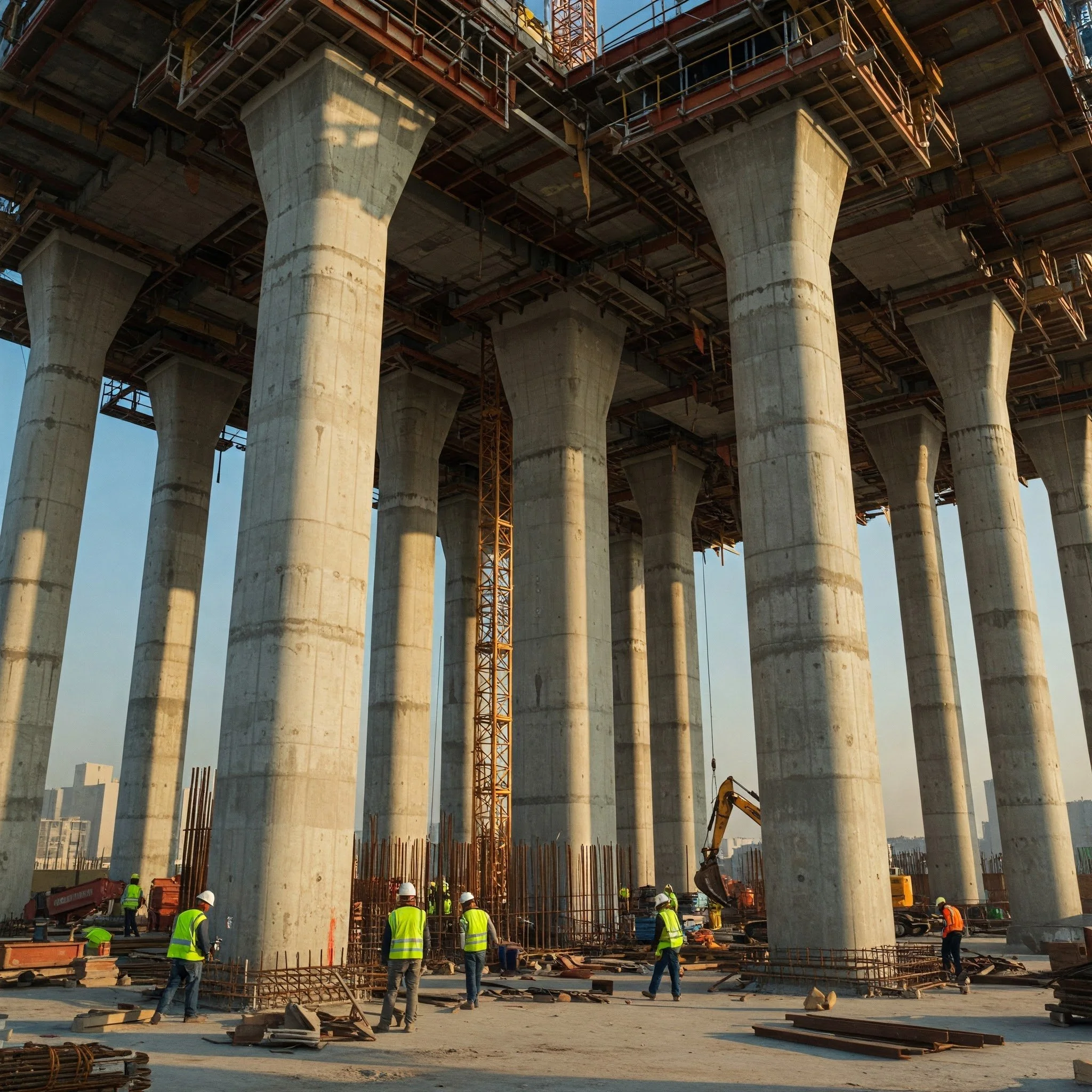It’s been some time since we’ve discussed the art of designing backgrounds here on the blog. Although backgrounds aren’t the sexiest food group in the sound editorial process, they’re absolutely crucial for providing the foundation of storytelling for every scene.
Viewing entries tagged
sounddesignstudio
I was recently cutting sound effects on a scene for my apprenticeship project that included a slo-mo sequence. During the spotting session, my supervisor was discussing proven ways to get in and out of slo-mo sequences with different stingers and sub dives as the bread and butter. He referenced this specific sound effect to me and I thought it would be a fun idea to try my hand at recreating it.
In animation, large crowds serve to support the fullness and sonic versatility of a scene. However, it is easy to get lost in an audience’s hyperactivity and noise, which can potentially distract the listener instead of guiding them through the narrative of the show. Read below to see how sound effects editor Ben approaches a stadium crowd design.
Creating an exciting sound mix for television can be a HUGE challenge. Way back in 2020, I explained the basic structure of my mixing process, but there is a lot more to mixing than just following a list of steps. I also like to consider goals or objectives I want to achieve during the process. These vary from project to project, but here are three mixing objectives I often keep in mind while I work through each mix.
With such a wide variety of TV shows, our sound effects editors can end up designing some pretty out-of-this-world sound effects builds, like balloon nightmares, interdimensional time jumps, and even monster armies! For another imaginative look into some of the exciting sound effects we create at Boom Box Post, sound effects editor Natalia is sharing a deeper dive into how she approaches designing a magical tree transformation. Read more to learn how finding unique library sounds can contribute to a supernatural metamorphosis.
On occasion, a sound editor’s musical skills are put to the test when they are asked to recreate a tune or song for a specific sound effect. For example, in the second episode of Yuki 7, the alarm clock that goes off matches the theme song of the show, which you can listen to starting at 1:11 in the video below. For sound editors with no musical training, this task can be particularly challenging. So for this blog, I’m going to teach you how to recreate a melody to use with any sound effect just by listening to it!
As I’m building upon my sound editing skills, a critique I often receive is that my sound effects build is not utilizing a fuller frequency range, so it’s not as impactful during previews. Developing a dynamic frequency range into my builds isn’t just important for having powerful sound moments, it’s also essential for ensuring that the sound effects translate on all possible listening platforms, like a huge Dolby Atmos theatre and tiny pair of ear buds. In order to tackle this challenge, I asked two of our supervising sound editors, Brad Meyer, MPSE, and Tess Fournier, MPSE, to play a frequency-association game. I named some commonly referenced frequency ranges, and they followed up with sound effects that come to mind, and why these particular ranges are valuable for creating effective sound effects builds.
Constructing a portfolio reel for the first time can be daunting, but it’s an effective method to show recruiters and potential employers your skill set in post-production audio editing. I noticed in my own job search that many employers encourage and even require them. While many audio-post production internships or college programs can offer helpful guidance for building portfolio reels, not everyone has these resources. So, here are four tips for making your portfolio reel.
As an animation dialogue editor, I usually work with clean and high quality recording files. However, in the past two years, the pandemic changed a big amount of my work routine. The files I received are mostly recorded by voice actors themselves at home from Zoom meetings. Some files are recorded from a bad microphone position, some are recorded in a reverberant space, and some have frequency humming in the background. I spend a lot of time cleaning up the recording files as best as I can, so I’m always on the lookout for a good noise reduction plug-in. DNS One from Cedar has a good reputation from a lot of mixers and dialogue editors, so I gave it a try.










